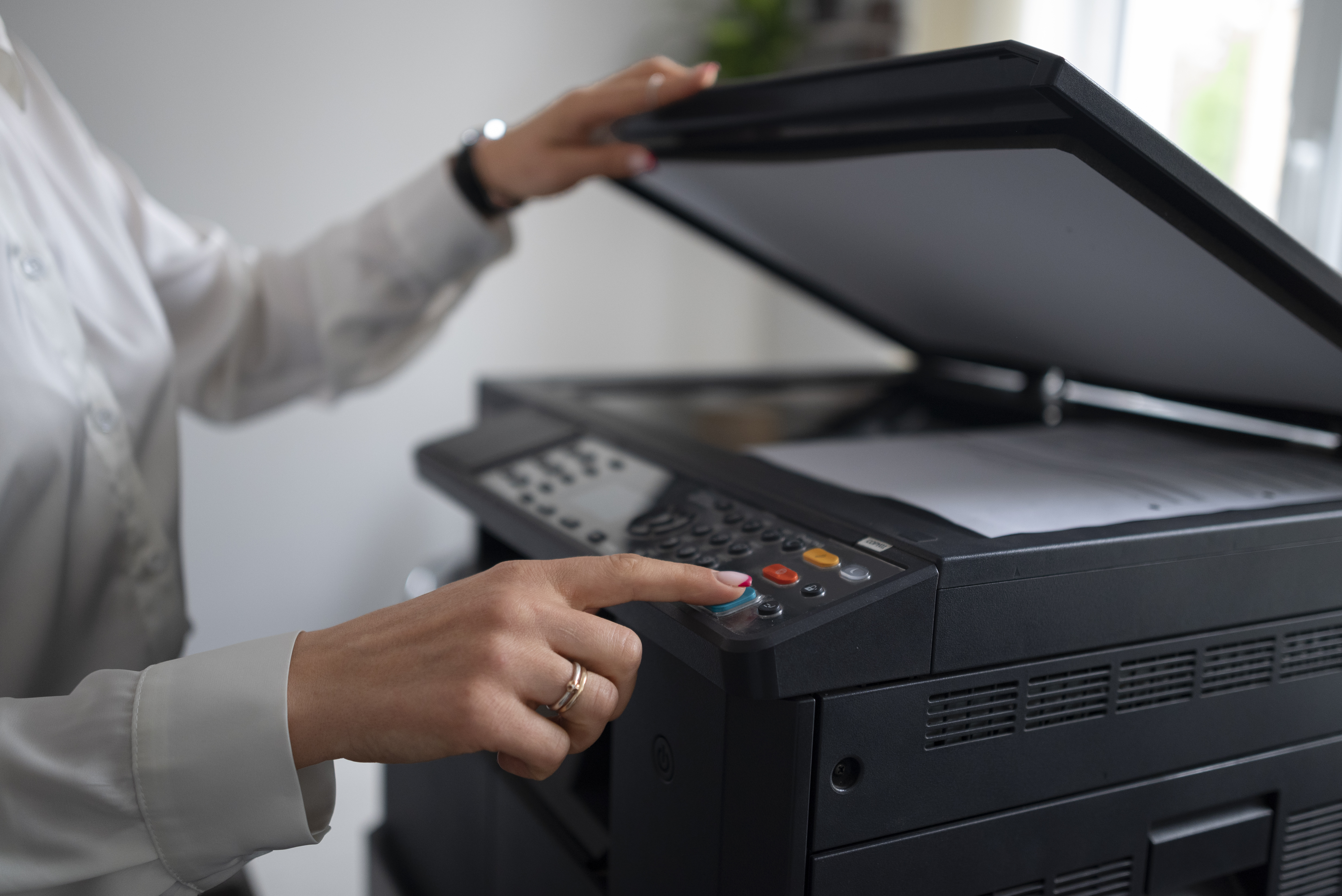Understanding Office Printing Requirements
In any office environment, comprehending the intricacies of printing needs is a fundamental step in the process of selecting the most suitable printer. The evaluation of these requirements serves as a cornerstone in making an informed office printing solutions, ensuring that the chosen printer aligns perfectly with the specific demands.
- Assessing Printing Volume
The first critical aspect to consider when contemplating a printer is the volume of printing required within the office premises. This entails examining the frequency and quantity of documents, images, or other materials that necessitate printing. A small, low-volume office may suffice with a compact printer that handles occasional printing tasks, while a high-volume office demands a robust printer capable of churning out substantial quantities of prints daily without compromising quality or speed.
Assessing printing volume involves a comprehensive understanding of the workload, not just in terms of daily requirements but also projected growth. A sudden surge in printing demands due to business expansion or specific projects should be factored in to ensure that the printer selected can accommodate such variations without causing bottlenecks or hindering productivity.
- Identifying Printing Purposes
Different offices have diverse printing needs, ranging from text-heavy documentation to high-resolution image printing. Understanding the primary purpose for which the printer will be used is crucial. Some offices predominantly require basic black-and-white printing for text documents, while others necessitate vibrant, high-quality color prints for marketing materials, presentations, or design work.
Identifying these purposes aids in determining the suitable printer technology. Inkjet printers excel in producing high-quality color prints, making them ideal for graphics-intensive tasks. On the other hand, laser printers are renowned for their speed and cost-effectiveness in handling text-heavy documents. Furthermore, multifunction printers or all-in-ones might be preferred in offices where scanning, copying, and faxing are integral alongside printing.
- Considering Budget Constraints
Budgetary constraints are a significant factor in any office’s decision-making process. It is not just about the upfront cost of acquiring the printer but also the ongoing expenses related to maintenance and consumables. Cheaper printers might seem attractive initially, but their long-term costs, especially for ink or toner replacements, might outweigh the savings made during the purchase.
Analyzing the total cost of ownership (TCO) is essential. This includes evaluating the cost per page for printing and assessing the efficiency of the printer in terms of ink or toner usage. Some printers may have a higher initial cost but lower per-page printing expenses, making them more economical in the long run. Striking the right balance between upfront expenses and long-term costs is critical to ensure that the printer chosen fits well within the allocated budget without compromising quality or functionality.
Understanding these aspects – printing volume, purposes, and budget constraints – lays the groundwork for a well-informed decision when selecting a printer that perfectly matches the specific needs of an office environment.

